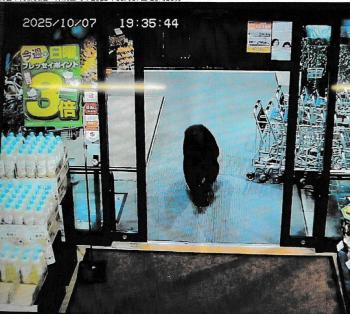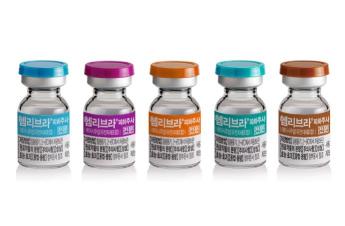Breast cancer that has increased by 31% over four years, how to self-diagnose?
Jun 09, 2025
|
However, breast cancer is considered to be a cancer with excellent treatment results if detected early.
In fact, the 5-year survival rate of breast cancer patients in Korea reached 93.8% as of 2021. Among cancer patients, the prognosis is relatively good, and a full recovery can be expected if regular checkups and appropriate treatment are made.
◇Having risk genes increases the risk of developing breast cancer by up to 80%
Although the cause of breast cancer has not been identified, it is known that it is caused by a combination of various risk factors. Typical risk factors include family history, history of benign breast disease, and genetic factors. It has been reported that the risk of developing breast cancer increases by 60% to 80% especially when carrying the BRCA1 or BRCA2 gene.
In addition, long-term exposure to female hormones (estrogen) increases the risk of breast cancer, such as early menopause, late menopause, late birth, or no experience of childbirth or breastfeeding. Obesity, drinking, taking contraceptives, and exposure to radiation are also related factors.
Kang Young-joon, a professor of breast thyroid surgery at the Catholic University of Korea's Incheon St. Mary's Hospital, said, `Fast breast cancer is often caused by a combination of risk factors rather than a specific cause.' `If you have a family history or past history, you need more regular examinations and preventive management.'
◇ Breast imaging and ultrasound every 1-2 years over the age of 40 are recommended
Breast cancer can be diagnosed through self-examination, clinical examination, and imaging examination. It is recommended that women on their menstruation undergo self-examination about 7 days after their menstruation. Clinical examination over 35 years of age is recommended every two years, and mammography and ultrasound are recommended every one to two years for those over 40 years of age.
The treatment of breast cancer is based on surgery. Depending on the progression of cancer, breast preservation, total mastectomy, and surveillance lymph node biopsy are performed, and then radiation therapy, chemotherapy, hormone therapy, and targeted therapy are performed at the same time.
Recently, breast cancer treatment using robotic surgery has attracted attention to reduce the burden of changes in appearance after surgery. Robotic surgery minimizes the range of incision, leaving few scars, and allows precise tumor removal, so recovery is fast and patient satisfaction is high. Both breast preservation and total resection are possible with robotic surgery, and they are also combined with reconstructive surgery.
Professor Kang Young-joon said, "Ballet cancer surgery should not only remove the tumor, but also take into account the quality of life of the patient."Robot surgery with no incision and improvement is contributing not only to cosmetic satisfaction but also to the improvement of treatment effectiveness.", he explained.
◇ You need to take care of your health more consistently than on an excessive diet
There is no complete prevention method for breast cancer because it is caused by various risk factors, but it is known that proper lifestyle habits, such as a balanced diet, proper exercise, and maintaining a healthy weight, help lower the risk of development. In particular, obesity is a factor related to breast cancer recurrence, and more attention is needed.
Professor Kang Young-joon said, `Most breast cancer patients can return to normal life after treatment"Steady health care rather than excessive diet is helpful in the long run, and regular follow-up and self-care are effective in preventing recurrence" he advised.
※Self-diagnosis method for breast cancer
1. In front of the mirror, check the breast shape, contour, and left-right symmetry.
2. Put your hands behind you and put your arms forward to see if there is a dent in your skin.
3. Put your breast arm above your head to be examined, and touch it carefully from the top of the breast to the inside in a clockwise circle with the bottom of the first joint of the opposite finger.
4. Check for lumps in the upper and lower parts of the collarbone and under the armpit.
5. Observe the presence of abnormal secretions from the nipples.
|
This article was translated by Naver AI translator.















